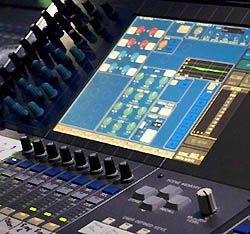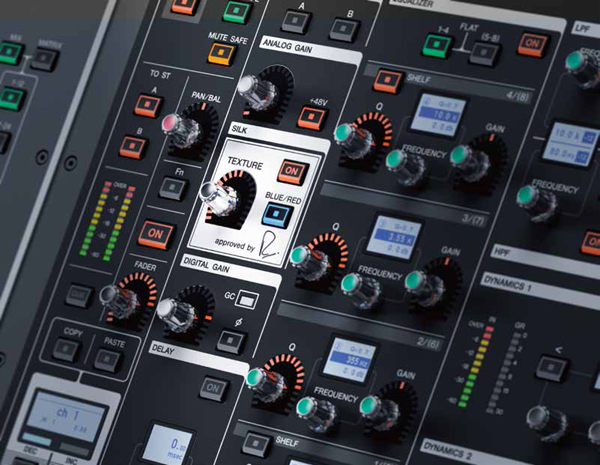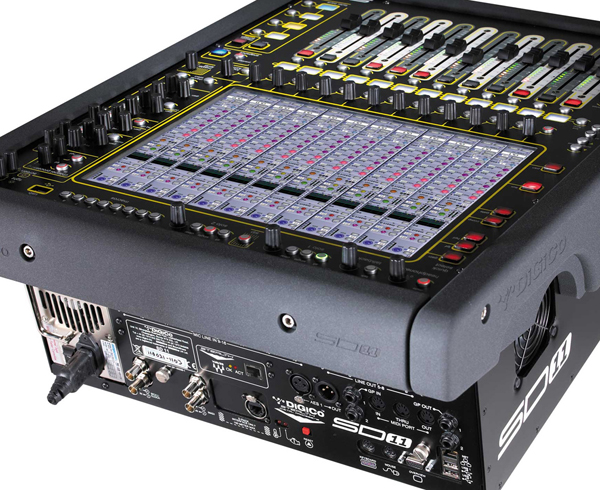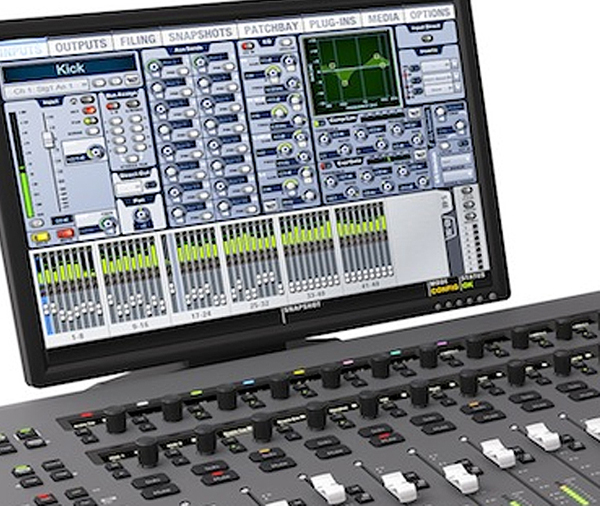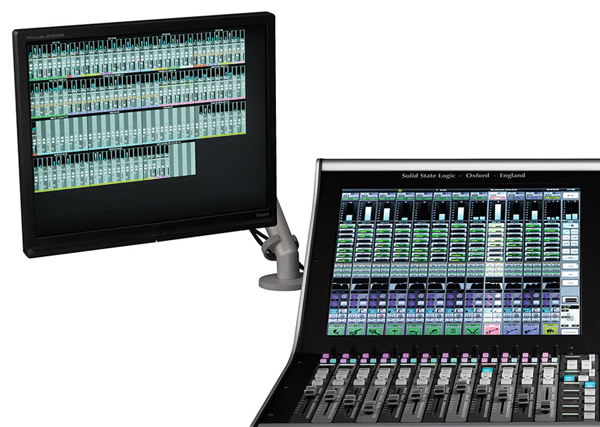After working with analog consoles for decades, I was initially reluctant to switch to digital – they were confusing with their channel layers and menus and such.
I wanted the simplicity and familiarity of knobs that I could easily grab and turn without needing to read a manual. But over the years, manufacturers have worked diligently to make their products much easier and more intuitive to use, and I’m now a big fan.
One of the great things about digital consoles is that most allow the users to configure the layout to accommodate their own workflow style.
For example, my company handles a lot of corporate events with podium microphones, emcee/announcer microphones, presenter wireless systems and video playback. I want the mics (and stereo playback channels) on a single layer for easy access, and as a result, spec a console that either offers a “user” layer where all of the inputs (and possibly outputs) can be placed on a single layer or that allows moving channels around between the layers. That way when mixing, everything’s at my fingertips and I don’t miss a cue.
Another strategy we sometimes employ is placing the “money mics” like the lead vocalist or the podium mic on a specific channel and then duplicating that channel on every layer in the same position. This way, no matter what fader layer I’m working on at a given time, these important channels are easy to find.
As noted, in general digital console makers have all made great progress in improving the workflow facet of their products. Here’s a look at some recent developments in that regard.
Yamaha Commercial Audio has consistently been vigilant about keeping workflow preferences in mind, with flexible user-defined keys, knobs and custom fader banks allowing users to configure the console layout to their liking. The new flagship model, the RIVAGE PM10, offers 6 x 2 custom fader banks on each bank of faders, 12 x 4 banks of user-defined keys and 4 x 4 banks of user-defined knobs.
With 144 input channels, 72 mix buses, 36 matrix buses, 24 DCAs, 48 EQ rack spaces (96 if you use the flex 15-band EQs or 8-band PEQ), and 384 plug-in slots with 45 types of plug-ins, there’s plenty of room for specific tailoring.
And one of the coolest features of Yamaha QL Series consoles (and soon available to CL Series users in the recently announced version 3.0 update available in early 2015) is the Dan Dugan 16-channel automatic mic mixer. The auto-mixer detects active mics and makes fast, transparent cross-fades without the distracting sonic artifacts common to noise gates.
DiGiCo has a new version of its popular compact mixer, the SD11i. While the SD11 offers a lot of features in a rack-mount unit, the SD11i adds a few more, including that all 32 channels are now Flexi (configurable as stereo or mono).
Other nifty aspects include 12 Flexi buses plus LR/LCR, six multiband compressors, six DiGiTube tube emulators, and optional Waves integration. With multiple fader banks, 8 control groups and 8 user defined macros, and a large 15-inch screen an operator, there’s a lot of flexible adaptability available.
Building on the success of the VenueS3L, Avid recently released the S3L-X compact digital mixing system that twice the RAM of the S3L.
The S3L-X is a highly scalable, AVB-networkable modular design that accommodates live mixing as well as recording and mix-down of tracks for finished projects. Users can easily set up a mobile recording and mixing studio with just the control surface and Pro Tools software on a computer, making for a portable and versatile rig.
From 16 I/O channels to 64 I/O channels by using a single stage box, or up to 4 stage boxes and 16 faders with 6 bankable layers, there are plenty of configuration choices and options.
SSL now has two models in its Live series, with the compact L300 joining the larger L500.
The L300 offers 96 processed and 32 dry paths for a total of 128, while the L500 provides up to 192 mix paths with 144 fully processed and 48 dry paths. Both models afford ample customization, with assignable quick control knobs, flip functions, and 5 layers with 5 banks in each layer.
Fader banks can consist of any input or output, VCA, aux or matrix control, and the same input can be assigned to multiple layers.

